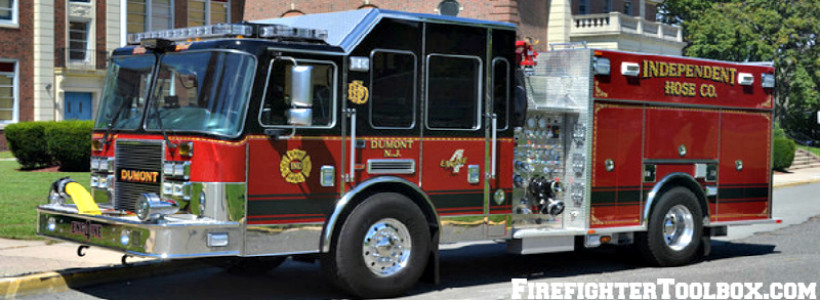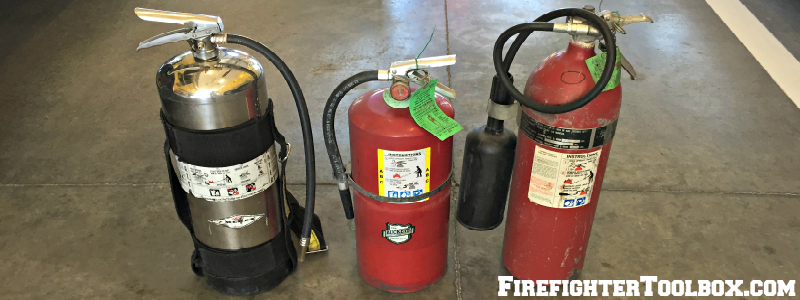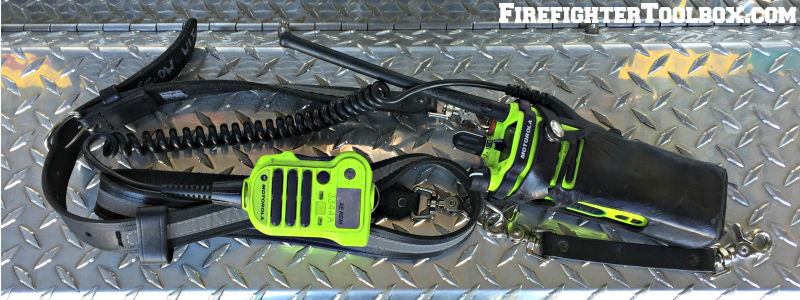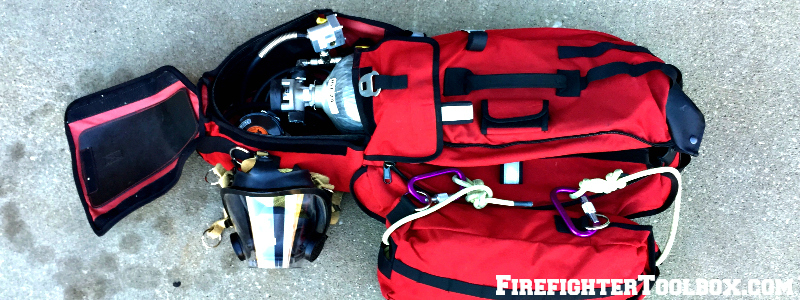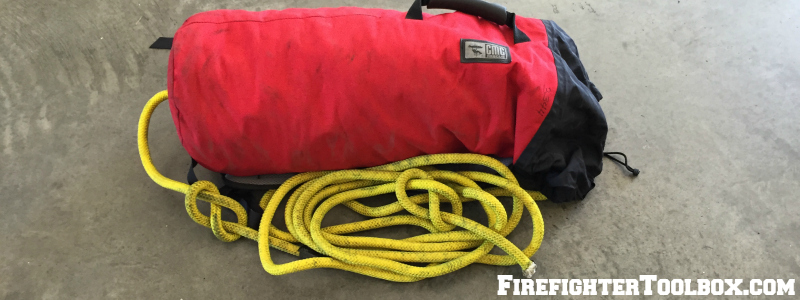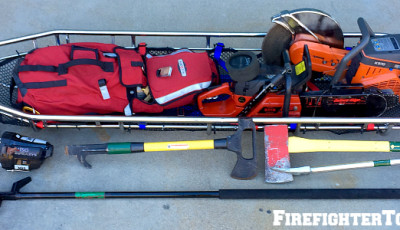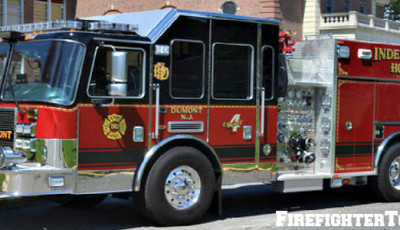The Rookie Firefighter’s Top 10 Tools – Part 2
Rookie firefighters are expected to know all of the equipment that is on their fire truck. The great rookie firefighter knows the following about their truck’s equipment: how to use it, when to use it, and where everything is located. It takes time, effort, and consistency in building this mastery. In this article, we will cover the rookie firefighter’s top 10 fire truck tools.
In Part 1 of The Rookie Firefighter’s Top 10 Tools, we discussed the first 5 tools. Click Here to Read Part 1. Now we will review tools #6-10 for rookie firefighters to know.
6. Fire Extinguishers
The three most common types of fire extinguishers on a fire truck are the carbon dioxide (“CO2”), dry chemical (“dry chem.”), and the water extinguisher (“water can”). Each have certain applications, and each require different techniques for extinguishment. Refilling and pressurizing the water can is a fundamental skill for all firefighters.
For more info on how to refill the water can, Click Here.
7. Portable Radio
Clear and effective communication at the emergency scene cannot be overemphasized. Our portable radios allow us communicate which tasks need to be completed, our progress, our location, emergency radio traffic, etc. As a rookie, make sure to know the intricacies of your radio: battery life, which channels/frequencies you operate on, which button to press in the event of a mayday, etc.
For an informative article on the best way to wear your portable radio, Click Here.
8. Self-Contained Breathing Apparatus (SCBA)
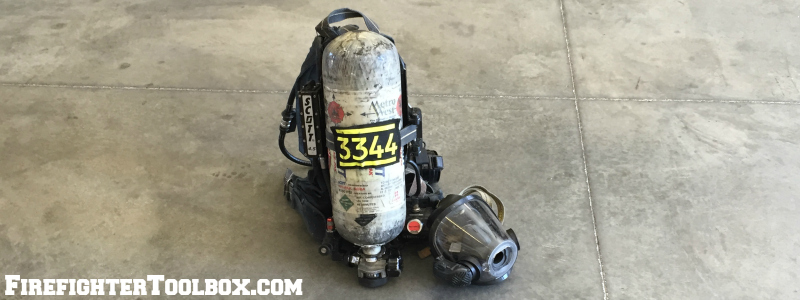
As every firefighter recruit learns in the fire academy, our SCBA is our most important piece of equipment. As firefighters, we must intimately know every attribute of our SCBA: turning it on and off, efficient doffing/donning, alerts, air capacity, breathing time, buddy breathing, etc. When checking it in the morning, it is very beneficial to have our gloves on to represent the decreased dexterity that we will experience on the fire ground.
Quick tip: While traveling on the road in the fire truck (non-emergency setting), we can put our SCBA shoulder straps and gloves on. By disconnecting and reconnecting the buddy-breathing air connection, we will develop greater muscle memory.
9. Rapid Intervention Crew Equipment
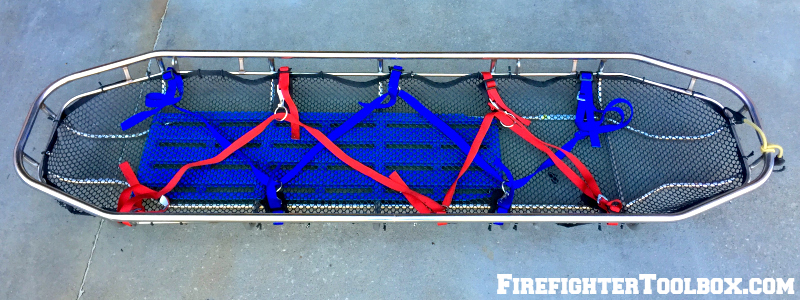
At my fire department, we are assigned fire ground tasks based on the order of our truck’s arrival. According to our S.O.G.’s, the sixth arriving truck is assigned the rapid intervention crew role. There are many tools that can be used by R.I.C., but the R.I.C. pack (SCBA bottle, mask, rope, etc.) and the stokes basket are necessities. As a rookie, practice carrying, deploying, and using the R.I.C. pack as much as possible.
10. Rope
Firefighters can use rope for various emergencies: high-angle rescue, large area search and rescue, confined space rescue, residential search and rescue, R.I.C, swift-water rescue, etc. Similar to our truck’s fire hose, we must know the various lengths, locations, and uses for the rope that is on our fire truck.
The amount of information that a rookie firefighter must learn to become proficient can be daunting. However, knowing the equipment on our fire truck is one of the most important fundamentals that will help us build a solid foundation for the rest of our careers.
Honorable mentions for the rookie firefighter’s top 10 tools include the thermal imaging camera, multi-gas detector, EMS equipment, oil dry, positive pressure fan, and more. What would be in your Top 10? Please let us know by listing them in the comments section below.
Header photo: Courtesy Brett Dzadik. All other photos by Jim Moss.

